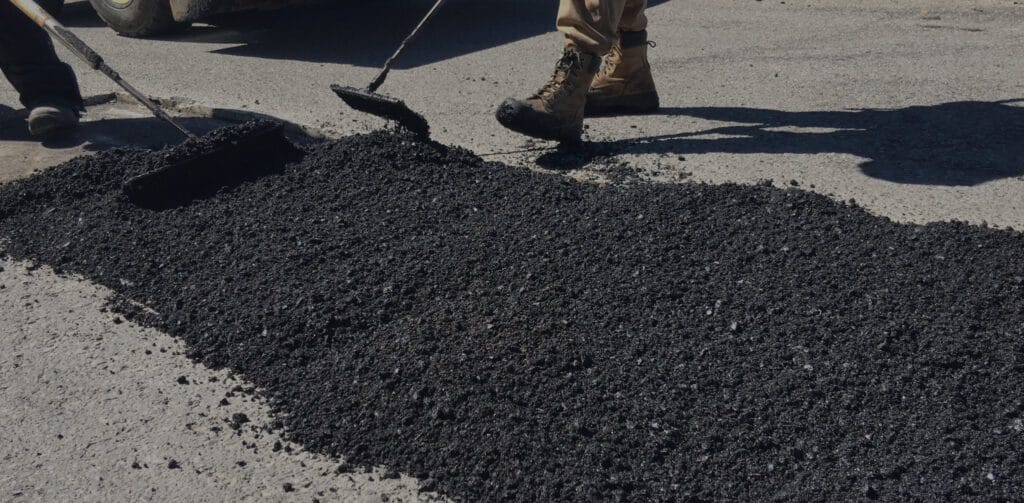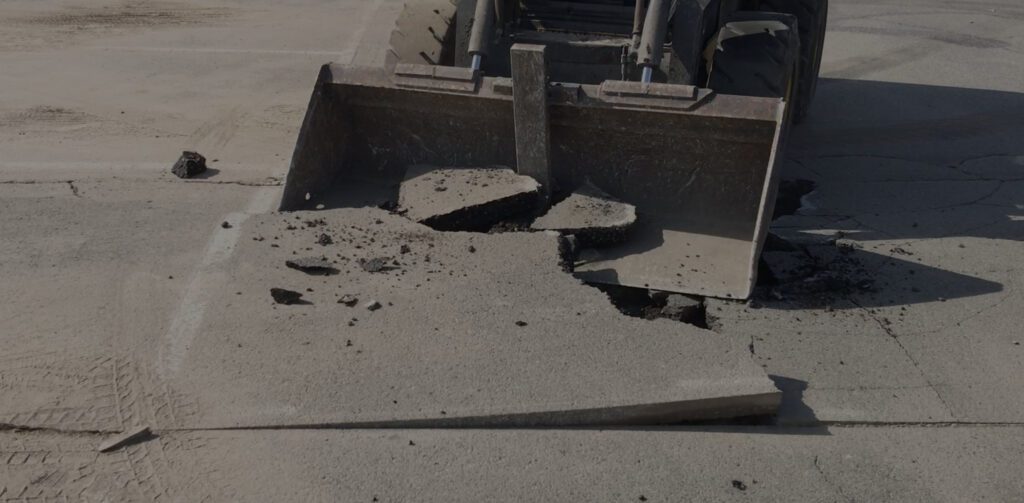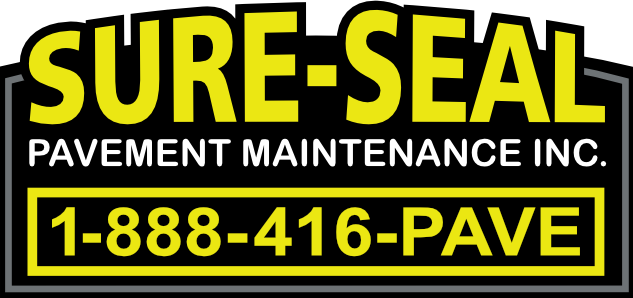Patching an Asphalt Parking Lot
Patching a parking lot can be done in a number of ways, depending on the condition of the pavement. In most cases, the cracks or potholes are cleaned free of debris before asphalt is placed into the opening and packed down with tools or equipment.
When to Patch Your Parking Lot
Patching is often used when potholes begin to form in a parking lot. Areas of the property that begin to crumble from the weight of vehicles might also require patching before significant damage occurs.Pros & Cons of Patching Your Parking Lot
Costs and convenience are the main reasons for patching a parking lot as opposed to resurfacing or replacement. Patching takes little time, few materials, and can be done without too much interruption to the traffic flow. With patching, the surface of the pavement that is repaired might be raised higher than the surrounding asphalt. This can be a risk for vehicle and pedestrian traffic. The new patching area may require frequent resealing to prevent moisture from entering the subbase. Aesthetically, having patching done in an “older” parking lot might make the spot stick out as an eyesore in comparison to the faded existing asphalt.Resurfacing an Asphalt Parking Lot
A resurfacing project takes a bit more time than basic repairs as the parking lot will need to be inspected for any damage such as cracking. This will determine if only the top asphalt layer needs to be replaced or if issues with the subbase also need repairs. The top layer of asphalt will be removed and replaced with new asphalt.
When to Resurface Your Parking Lot
An asphalt parking lot can be a good candidate for resurfacing if the surface has few cracks that only measure less than five centimetres deep and less than 0.5 centimetres in width. Resurfacing is a cost-effective solution with parking lots that are less than 20 years old and have a firm foundation.Pros & Cons of Resurfacing Your Parking Lot
Resurfacing a parking lot can be done under tight budget restrictions and limited time for repairs. Resurfacing provides a quick, cost-effective “new” look to the property. For an effective resurfacing project, the subbase of the existing asphalt must be in good condition with proper water drainage to prevent shifting of the resurfaced area. Existing surface damage will affect the new layer of asphalt, reducing the stability and aesthetic-appeal of the resurfaced pavement. Placing layer(s) on layer(s) will see a significant height increase thereby resulting in a risk of reduced water runoffs and increase in driving and tripping hazards.Replacing the Asphalt Parking Lot
To replace the parking lot pavement, the layer(s) of the asphalt and the existing foundation need to be removed, especially if the subbase has failed or is severely damaged. The removal process involves preparing the ground surface for appropriate drainage configuration before installing a good subbase and new asphalt.

